Want to Grow More Trees and Shrubs for Free? Collect These 7 Seeds Now to Plant in Spring
Grow more of your favorite trees and shrubs for free by collecting seeds now to sow next spring. Here are the 7 best species to collect.
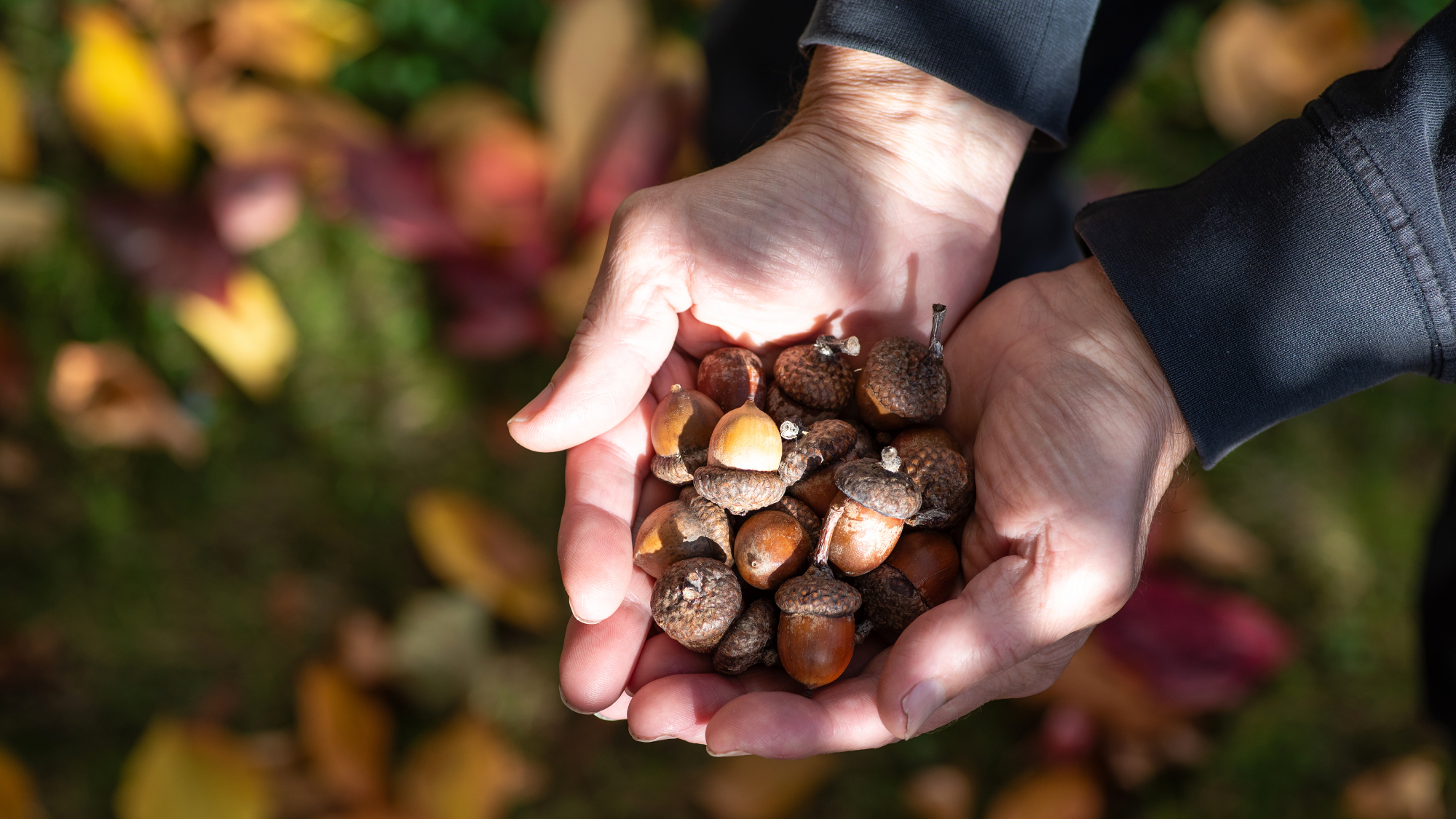

I am a great fan of planting trees and shrubs from wild seeds. There are more than a few practical advantages, the main benefit being the fact that they are free. But the fun you can have collecting them is reason enough to give it a try.
Harvesting seeds in fall from trees and shrubs is the ideal time since that’s when they naturally ripen and fall to the ground. Many of these seeds can be held for spring planting—as long as you help them break dormancy.
But the planting process starts by first identifying which tree and shrub seeds you can collect in fall. So I've rounded up 7 common tree and shrub species you can harvest in fall to help expand your garden for free.
Tree & Shrub Seeds to Harvest in Fall
Many tree and shrub seeds you collect in fall require a period of cold in order to break dormancy and germinate. This is called stratification. In the wild, the winter weather stratifies the seeds naturally. But gardeners can mimic this process by harvesting seeds in fall and placing them in the refrigerator for the winter.
Here are the best tree and shrub seeds to collect in fall for spring planting.
1. Northern Red Oak
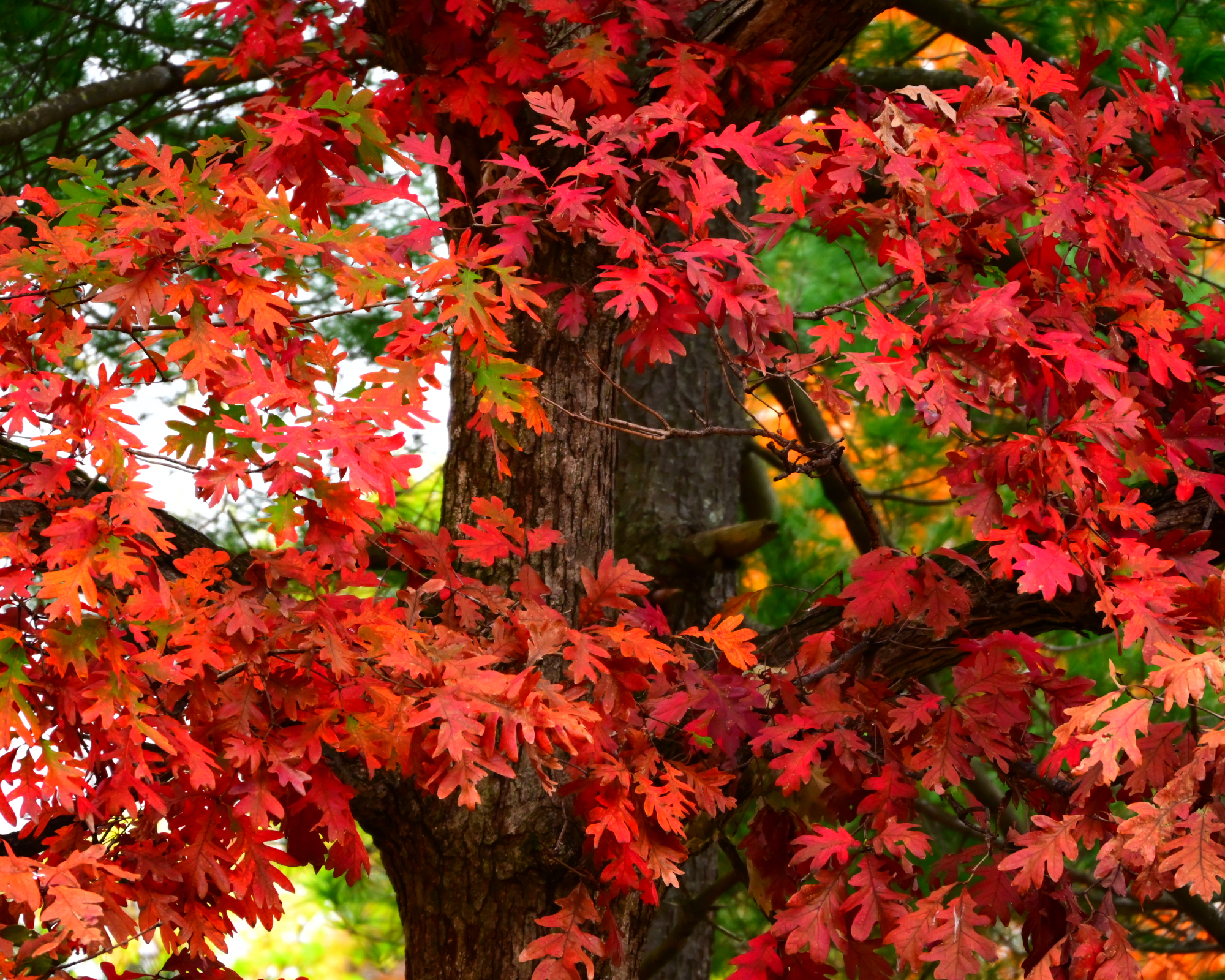
The beautiful, spreading northern red oak (Quercus rubra) thrives in USDA growing zones 3–8. It’s a fast grower, shooting up some 2 feet (.6 m) every year. This tree has a dense, rounded shape, creating wonderful shade in summer. Autumn brings acorns with thick caps.
Collect acorns in autumn as they ripen. A handy harvesting apron, like this one from Amazon, makes collecting even easier. Acorns need to break dormancy with a 30 to 60 day period of refrigeration before spring planting.
Sign up for the Gardening Know How newsletter today and receive a free copy of our e-book "How to Grow Delicious Tomatoes".
2. Black Walnut
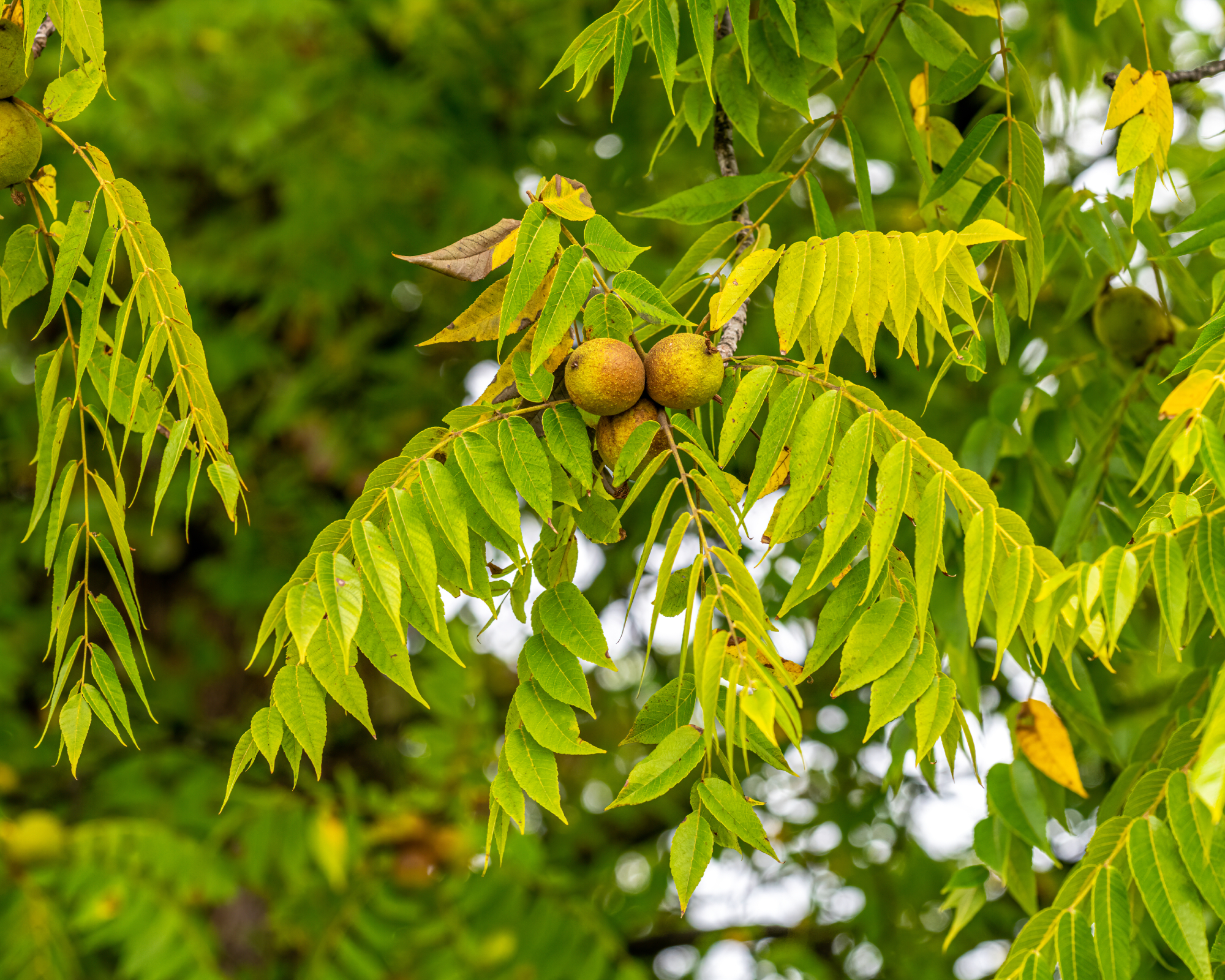
The black walnut tree (Juglans nigra) is a North American native and an exceptionally beautiful one. Black walnuts make great shade trees for larger landscapes, growing up to 50 or even 100 feet (16-33 m) tall. The foliage looks like ferns, coming in green then turning bright yellow in fall. But the roots are extensive and emit a chemical that inhibits other plants from growing.
Black walnuts produce walnut fruit. You can eat the nuts—they're considered a delicacy—but they're incredibly hard to crack. Use a specialty black walnut cracker, like the Grandpa's Goody Getter from Amazon, to harvest nuts to eat.
You can also harvest black walnuts for the seeds to produce more trees. Collect seeds as they fall, remove the husks, and put the seeds in the refrigerator for up to 120 days to break dormancy before spring planting.
3. Eastern White Pine
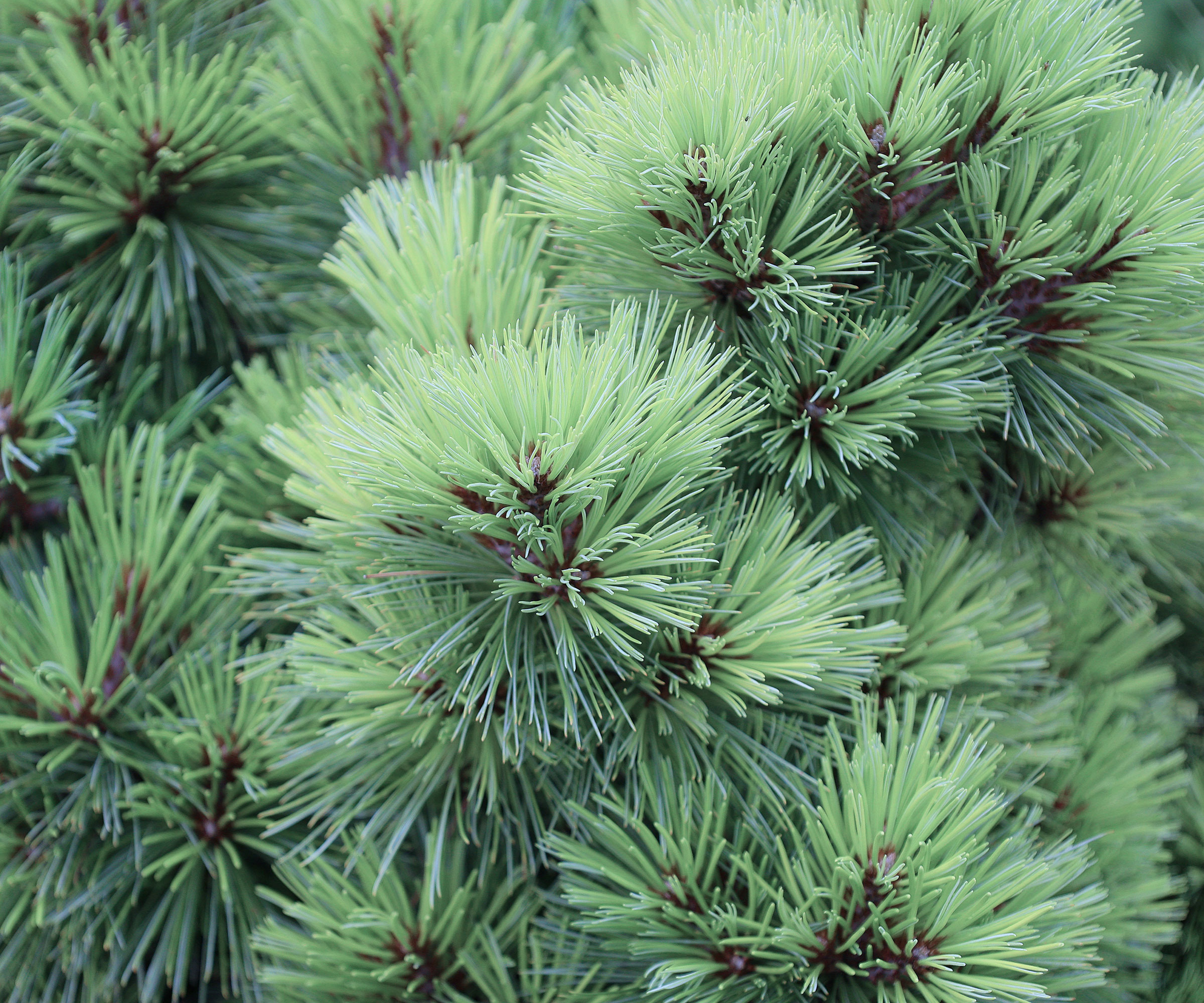
Fast growing and long lived, the eastern white pine (Pinus strobus) is another gorgeous native tree that should only be planted in a large backyard in USDA zones 3-7. It is an evergreen conifer with feathery needles, a tall, straight trunk and an open canopy. It can grow to 80 feet (27 m) tall and half as wide.
The seeds of this conifer grow in cones, so you’ll need to extract them from a mature pinecone. They also require stratification. Refrigerate them for at least 7 weeks in moist garden sand, which you can get on Amazon, before planting in a damp, shady spot outdoors in spring.
4. Sugar Maple
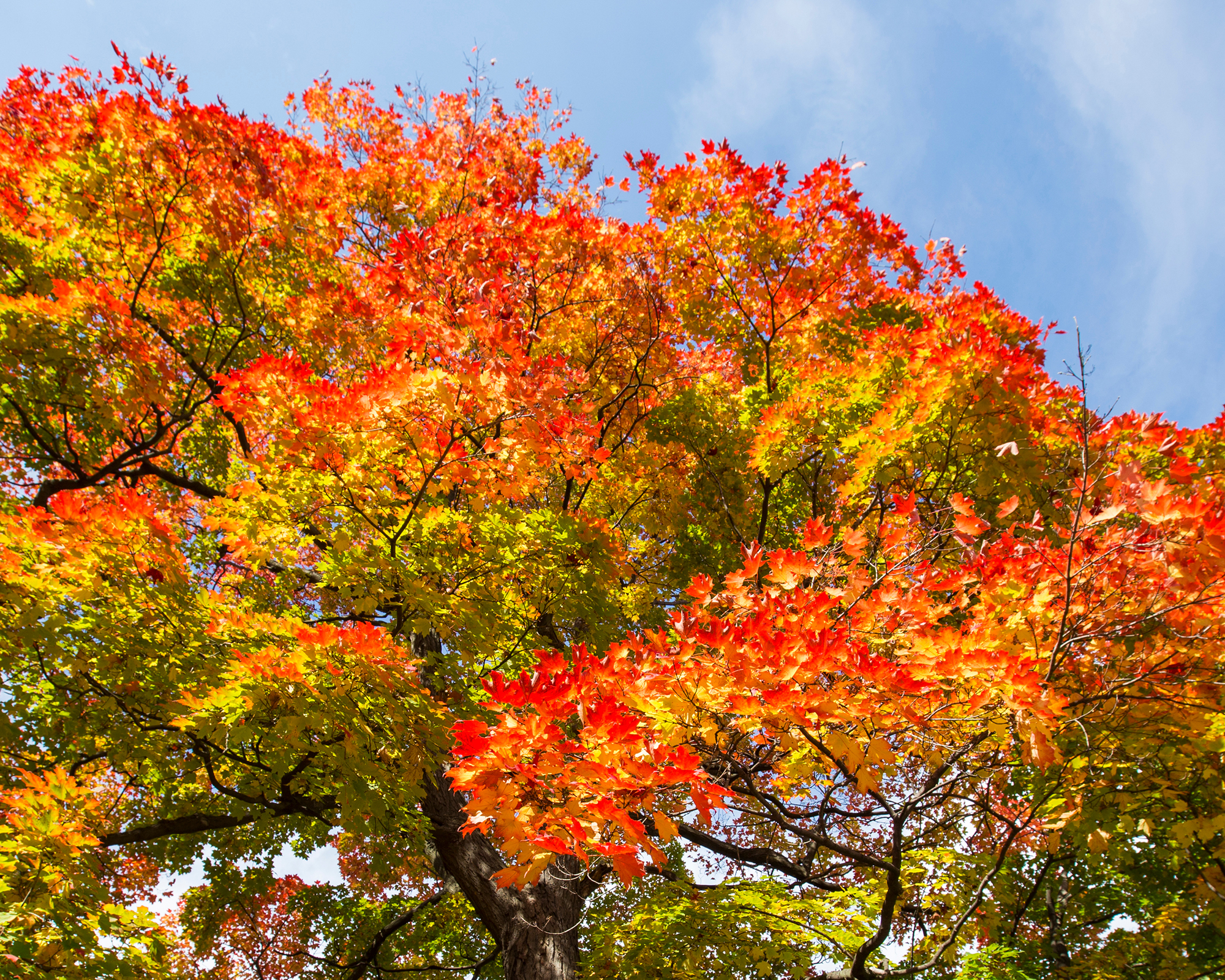
The sugar maple (Acer saccharum) is best known for providing the sap from which maple syrup is made. It is a tall tree, a native of eastern North America, with its iconic, 5-lobed leaves.
The sugar maple produces seeds in winged samaras. Collect their seeds in the fall and plant them in spring. You must stratify them first so they germinate. Put sugar maple seeds in a pot filled with a moist soilless potting mix, then place in a cool location for the duration of the winter.
5. American Mountain Ash
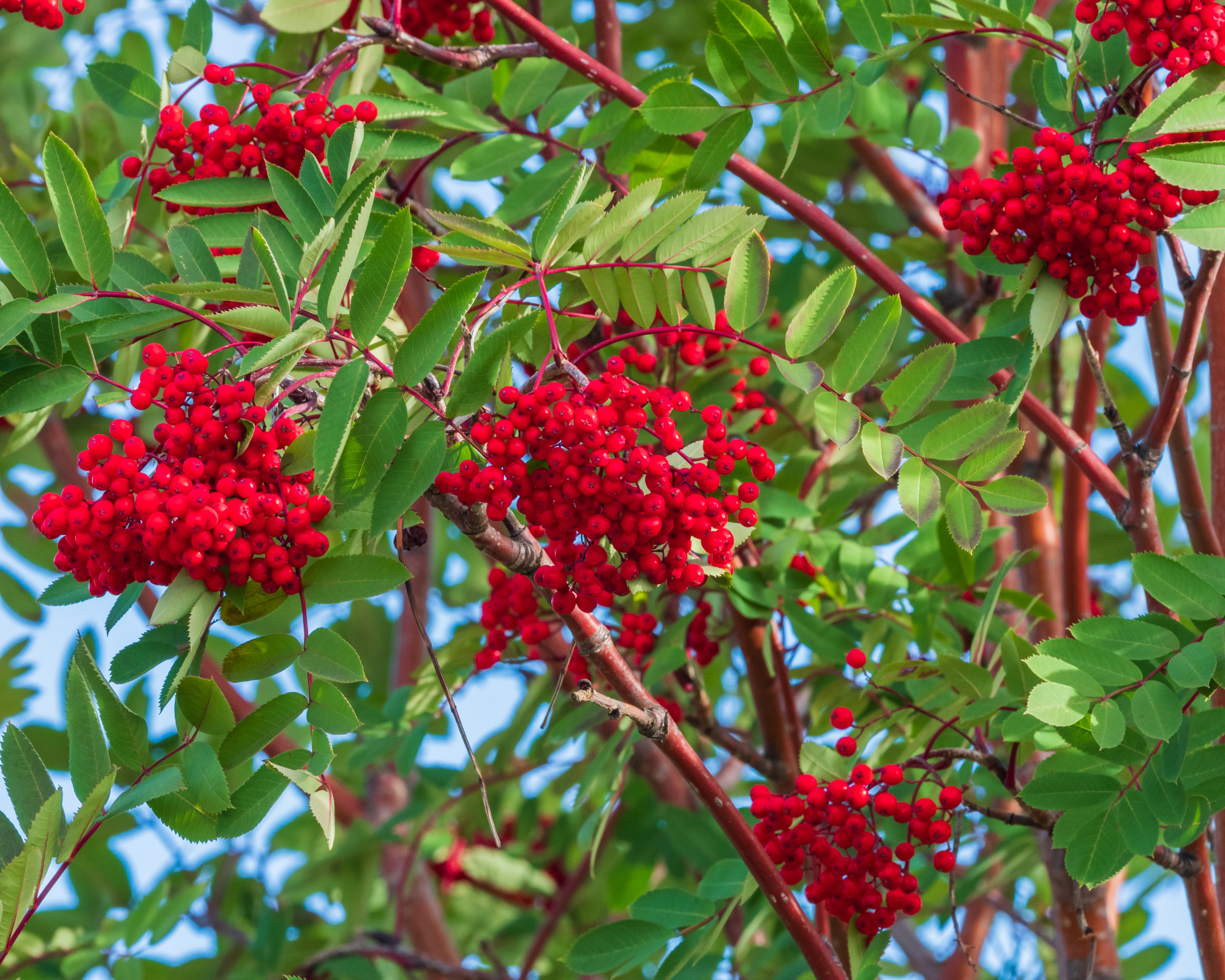
If you prefer to plant a smaller native tree, try the American mountain ash (Sorbus americana). But be careful not confuse it with the very similar-looking European mountain ash, or rowan tree.
The lovely North American native variety is a small, deciduous tree with white spring flowers, bright fall berries, and fiery fall foliage. It is very ornamental and is one of the best native fruit trees to support wildlife.
You can propagate American mountain ashes from seeds collected in the fall. Place them in a sealed bag in the refrigerator for the winter. Then plant them in moist, rich, acidic soil in a full sun location in the spring.
6. Flowering Dogwood
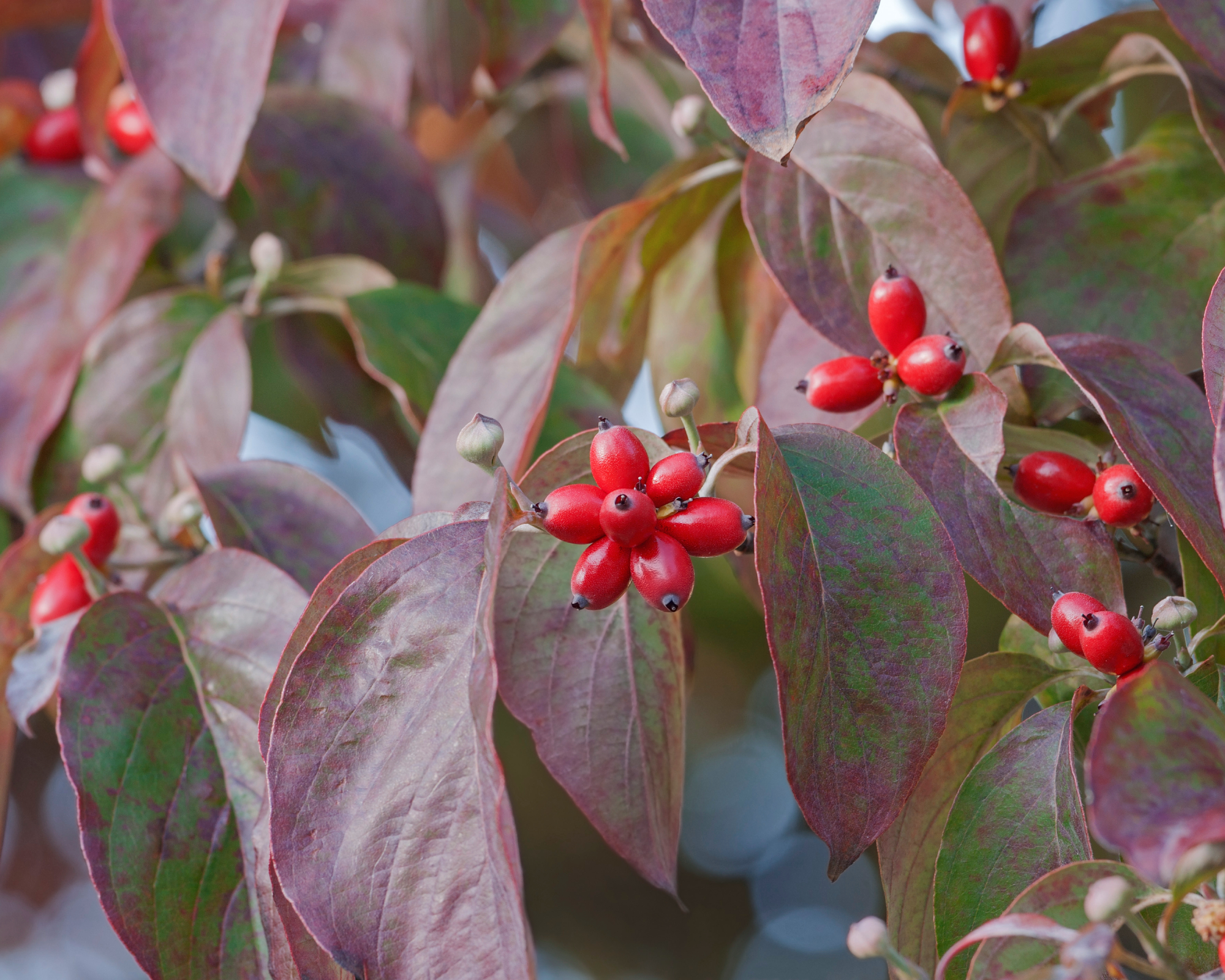
The flowering dogwood (Cornus florida) is a tall shrub or small tree that is native to North American. The dogwood is celebrated for its showy "flowers" that appear on bare branches in springtime. These are actually not flowers at all but modified leaves called bracts.
A dogwood tree's leaves are dark green with arching veins, while the berry-like fall fruits are scarlet. Wildlife rely on the fruit for food. Dogwood thrives in USDA zones 5-9.
If you want to grow dogwoods from seeds, gather the red berries in the fall. Remove the seeds from the pulp of the berries, then soak the seeds in water. This softens the hard outer coating. Stratify the seeds by keeping them in the refrigerator over winter, at least 120 days. Plant in spring in well-draining soil.
7. Bush Penstemon
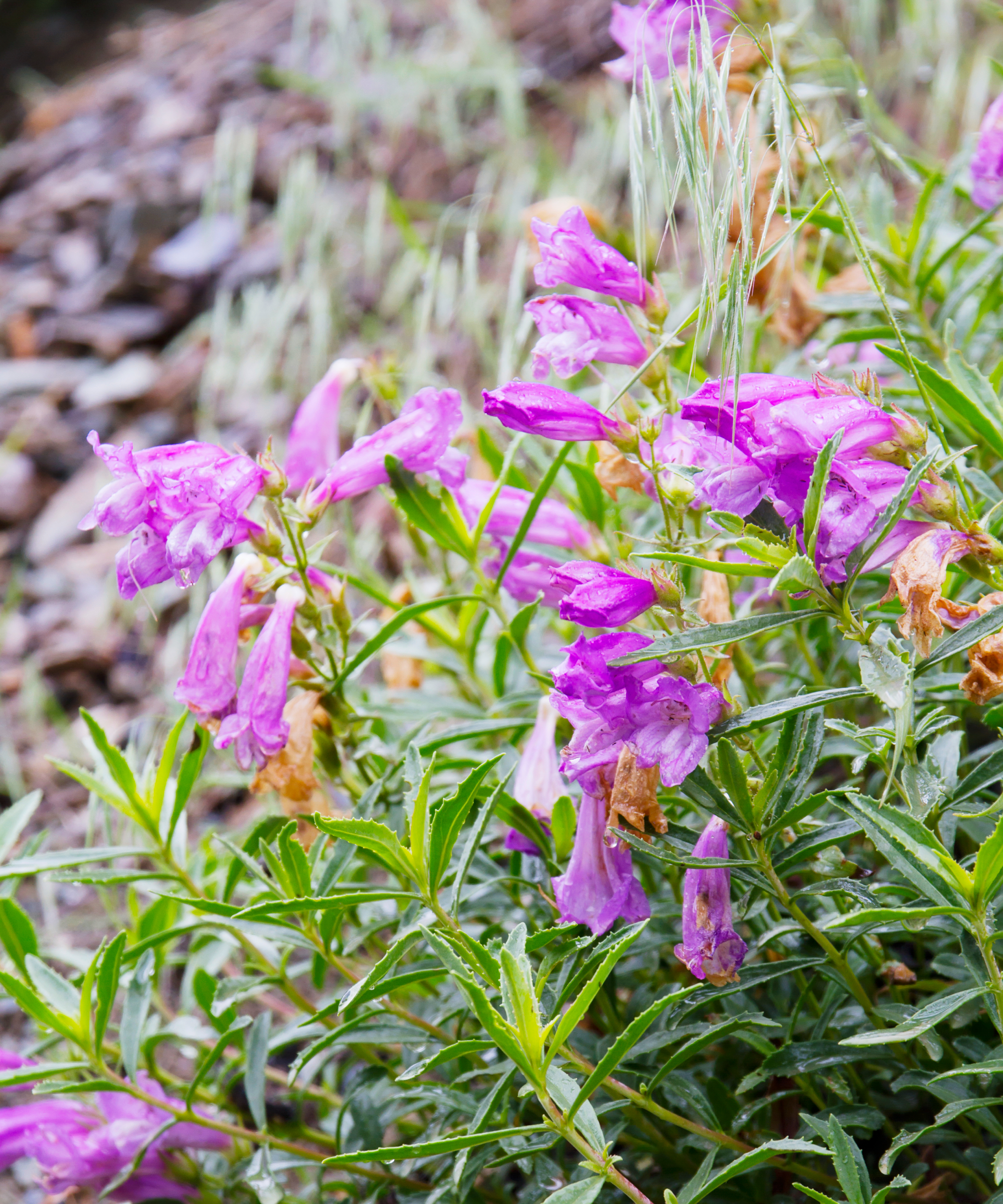
Bush penstemon (Penstemon fruticosus) a compact, low-growing evergreen shrub with bright-green leaves. It tops out at 16 inches (40 cm) tall and is usually much wider than tall.
This is a spectacular species. The bushy foliage looks romantic in a rock garden and becomes entirely entrancing when the blossoms appear—clusters of large, showy, rose-lavender flowers at the ends of the stems. And butterflies love them!
You can plant penstemon seeds in spring if you give them a period of cold stratification. The easiest way is to put moistened sand in a plastic bag, add the seeds, then refrigerate until spring.
If you have any leftover seeds that you want to save for next year, this bead organizer on Amazon is a cheap and useful way to sort and store your seeds.
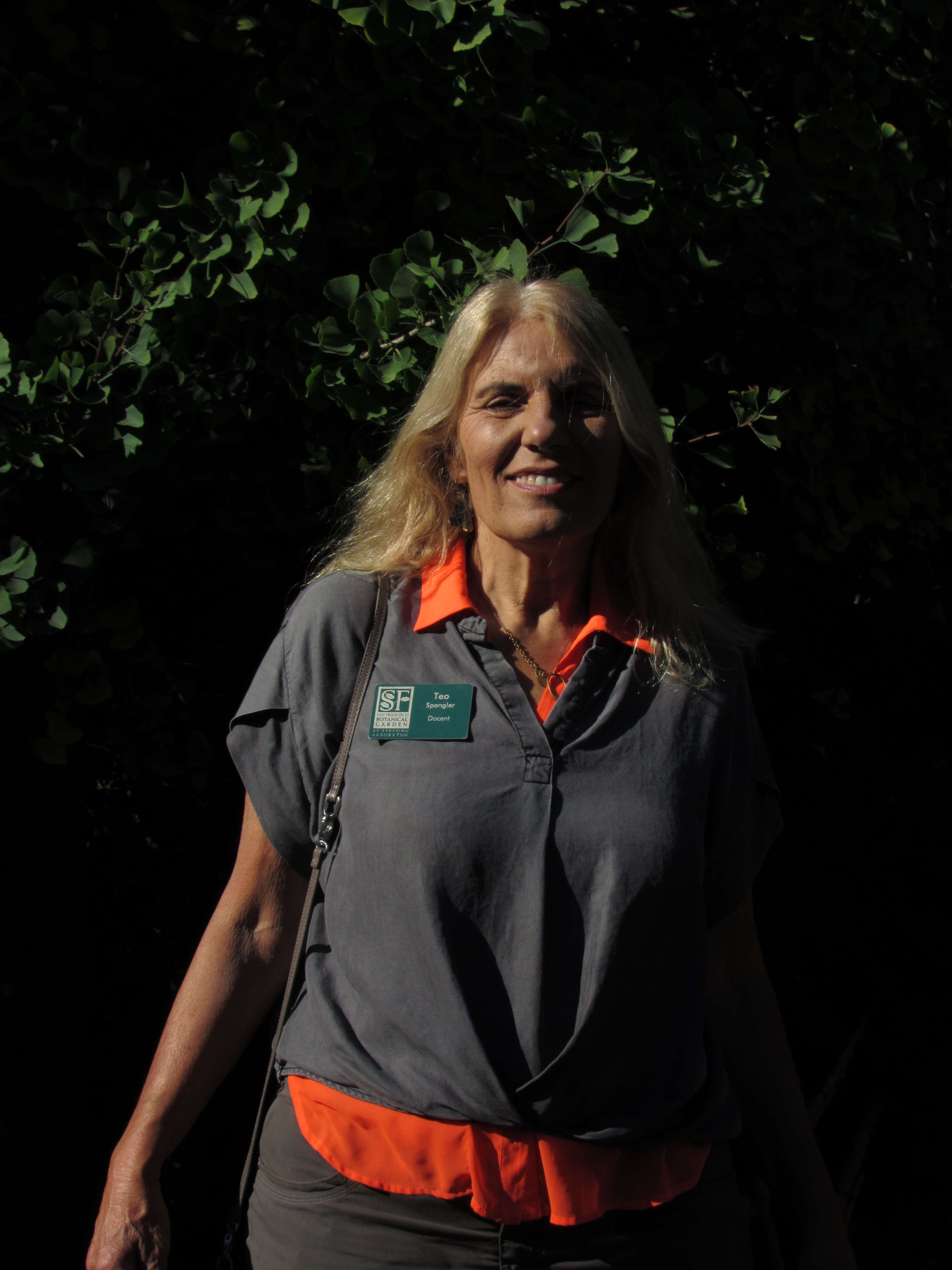
Teo Spengler is a master gardener and a docent at the San Francisco Botanical Garden, where she hosts public tours. She has studied horticulture and written about nature, trees, plants, and gardening for more than two decades, following a career as an attorney and legal writer. Her extended family includes some 30 houseplants and hundreds of outdoor plants, including 250 trees, which are her main passion. Spengler currently splits her life between San Francisco and the French Basque Country, though she was raised in Alaska, giving her experience of gardening in a range of climates.